Lei Feng network (search for "Lei Feng net" number of public concern) note: This article was translated by the translator Nuggets Translation Project cdpath from Jean-Marc Denis: "From product design to virtual reality", proofreader emmiter & Dwight.

background story
I worked at Sparrow, a French start-up company. After being acquired by Google on July 20, 2012, I entered Google as a product designer. Then I created a flagship product from scratch with the Gmail team, which was later launched on October 22, 2014, Inbox by Gmail.
I designed productivity software for several years and I feel like I have reached a critical point . I want to develop my technical skills, learn new things everyday, and learn more about areas that I have never touched. I need new challenges to escape from the comfort zone to restart my life.
When Oculus was still in the Kickstarter crowdfunding stage, I was interested in virtual reality because of its immersive experience and the infinite possibilities that came with it. There is nothing more exciting than creating new media and exploring unfamiliar areas.
I joined Google Cardboard and the virtual reality team on April 17, 2015. Thanks to Clay Bavor and Jon Wiley for the opportunity.
Another dimension
I was just scared in the first few weeks of the new team. Everyone told me I didn't understand, and asked me if I didn't know where to answer.
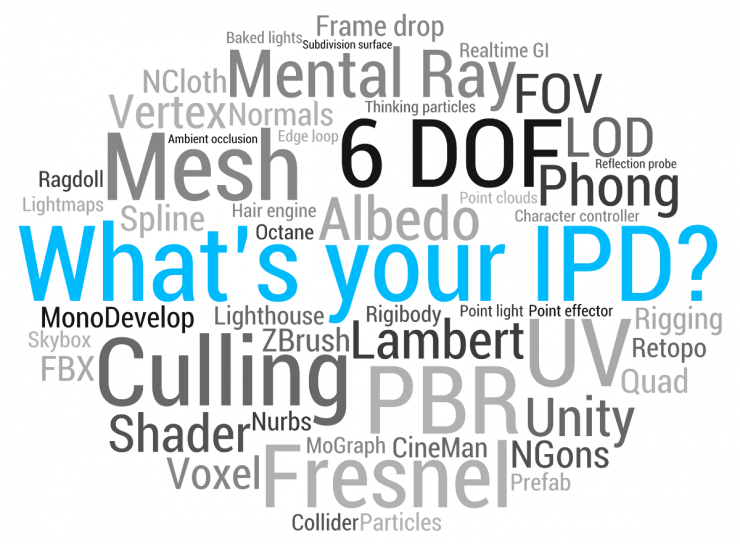
I don't want to lie. It's not surprising that learning quick terminology is not easy. Virtual reality is a field with "deep" (double meanings, both difficulty and spatial depth) and brings together many talents with professional skills. After spending the first few weeks of tension, I gradually got a better overall view. Slowly, the fragmented knowledge becomes complete. I found out what my best role is, what I want to do and how to achieve this goal. No matter what kind of work I do, I have a lot to learn, but I'm ready. My mood changes from day to day, from the extreme excitement of creating and learning new things to the extreme fear of the vast knowledge to be learned. Working with people who are smart and knowledgeable around makes my mood more complicated.
Will be all right
I told myself and I believe that the points in my life will eventually be connected. I am a fanatic. I know I'm willing to spend hours learning and experimenting.
During my career as a product designer, I was able to better understand, find, and solve user issues. Regardless of the medium, the difference between making things easy to use and delighting users is not great.
The core of the task is the same, but from A to B, we must also learn something interesting.
Drafting is still the core of everything. In any stage of emptying the brain or design, drafting is very fast. After I joined the team, I drafted more drafts than I had played throughout my career.
A variety of design skills are of great benefit.
Photography knowledge is also useful because you have to deal with concepts such as field of view, depth of field, caustic surfaces, and exposure. Being able to make full use of light is very valuable to me.
The more you learn about 3D and related tools, the less you need to learn. Obviously, but also attentively at some point, may have to deal with the structure, features, props modeling, operation, UV mapping, textures, dynamics, particles and so on.
Action design is very important. As a designer, we understand how to work with devices that have physical boundaries. VR does not have these boundaries, so use completely different ideas. "How does this element arise and how does it disappear?" will be redundant.
Python, C, C++, or any programming skill will make you faster. Due to the basic needs of the iteration, prototyping is very important. This area is so new, you even have the opportunity to pre-empt the design of a unique interaction. Existing game engines, such as Unity or Unreal, generally incorporate code. Games and VR development have a huge active community and there are a lot of training materials and resources.
Do a good job preparing for the soul and embrace the unknown. This is a new world that changes with each passing day. Even the largest industry leader is struggling across the river. That's it.
Character
The new media introduces many possibilities for creation and the design team will therefore keep up with the times. Think of examples of console games or the movie industry.
I think there will be two big designers.
The first one will focus on the core user experience, interface, and interaction design. This is similar to the structure of today's product design teams (visual designers, user interface designers, user experience designers, motion designers, researchers, and prototyping engineers). Each role must adapt to the rules of this new medium and work closely with the engineers. The goal should remain unchanged; build a rapid iterative cycle to explore the broad field of interaction design.
On the other hand, the content team will replicate the independence and structure of the game design studio to build everything from exclusive experience to AAA -level games. We know that the entertainment industry in other media will probably be very close to that in VR.
In the end, both are closely related to creating a quality end-to-end experience. Both industries have a good chance to learn from each other.
After finishing my personal experience quickly, I feel that it is not that difficult to be a VR product designer, but I need to devote great energy to learning to understand the extremely wide range of knowledge.
Take the first step and introduce the basics of VR designfirst step
In the second part of this article, I will discuss the basic knowledge that this emerging media needs to know. I will use a designer-oriented perspective and be as simple as possible.
Slightly technical elements
The new dimension and immersive experience are subversive. You need to understand some internal rules to understand physiology in more depth in order to treat users more cautiously. We have reorganized these principles in the following app so that you can learn in an immersive experience.
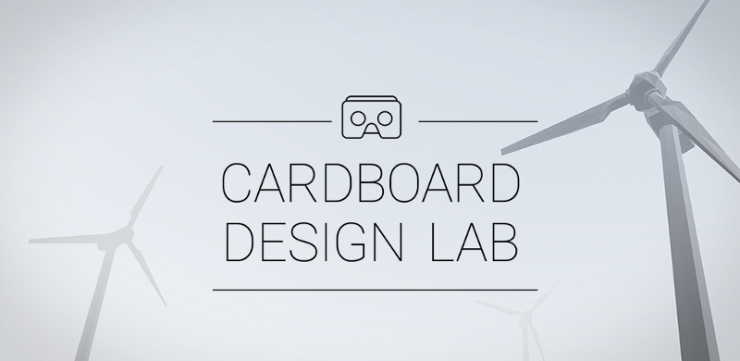
Download Cardboard Design Lab
To learn more, you can also watch Alex's speech at this year's (2015) I/O conference . The following is a brief summary.
If you want to remember, there are two important points:
Avoid frame loss
Maintain head tracking
People will respond instinctively to external events. You are not even aware of these incidents, so you need to design them in a targeted manner.
Physiological comfort. This recombines concepts such as motion vertigo. Use acceleration and deceleration carefully. Maintain a stable horizon to avoid the "seasickness" effect.
Environmental comfort. People feel uncomfortable in certain situations such as high altitude, small space (claustrophobia) or open space (square phobia). Carefully handle the collision between the scale and the object. For example, if someone throws something at you, you will instinctively want to grab it, evade it, or protect yourself. Take advantage of this instinct, but don't let the user feel uncomfortable.
You can also use user senses to create more immersive products and leads. You can also get inspiration in the game industry. They use various techniques to guide users during the game. For example these:
Sound: used for spatial positioning
Light: Indicates the path to guide the player
Do not injure the user and do not let them overwork. When you start designing for this new medium, you often make this mistake. Hollywood's sci-fi movies, while looking cool, are full of interactions that violate the laws of simple ergonomics and cause great discomfort over time. Minority report gestures are not suitable for long periods of activity.
I made a simplified illustration of the safety zone when the head moves in two-dimensional planes. Green is better, yellow is acceptable but red is to be avoided. There are some published user studies that will further discuss this topic in further depth "linked at the bottom of the article."

Poor design can lead to more serious health problems.
For example, have you heard of the "message neck"? A study of Neurology and Spinal Surgery measured the pressure on the neck when the head was in a different position. Head pressure increased by 440% from the front of the head to the head. Muscles and ligaments have tired soreness, nervous tension, and oppression of the cartilage between the spine. All irregular actions will lead to long-term serious problems such as permanent nerve damage.
Long story short: Avoid interactions that take a long time to look down.

Degree of freedom
There are six directions in which the body moves in space. You can rotate and translate in XYZ coordinates.
Degree of freedom is 3 (direction tracking)
Head-mounted devices that need to be bound to a mobile phone, such as the Cardboard and Gear VR, use the built-in gyroscope (3DOF) to track the direction. All three axes of rotation are recorded.

6 degrees of freedom (direction and position tracking)
To achieve 6 degrees of freedom, the sensor needs to track the spatial position (+X, -X, +Y, -Y, +Z, -Z). High-end device degrees of freedom such as HTC Vive and Oculus Rift are 6 (6DOF).

track
To achieve 6 degrees of freedom requires frequent optical tracking of infrared rays emitted by one or more sensors. Oculus's tracking sensor is on a fixed camera, and Vive's sensor is on a real HMD (head-mounted display).


enter
Designing for different systems requires different input methods and affects your decision. For example, the Google Cardboard has only one button, which leads to the interactive model is a simple annotation and tap; HTC Vive has two controllers with six degrees of freedom; Oculus will come with the Xbox One controller, but eventually there will be a degree of freedom of 6 The binary controller - Oculus Touch. All of this allows you to use more advanced immersive interaction modes.


There are other input methods, such as hand tracking. The most famous is Leap Motion. It can be mounted on a head-mounted display (HMD).

With the advancement of technology, this area is continuously evolving, but today, hand tracking is not particularly reliable and cannot be used as a primary input method. The main problems are hand and finger, collisions and detailed motion tracking.
Although everyone is familiar with the gamepad, its experience in VR is terrible. Physically limits the degree of freedom introduced by VR. In first person shooter games, sweeping and moving often cause discomfort due to acceleration.
On the other hand, the HTC Vive Controller enhances the VR experience with 6 degrees of freedom. Tilt Brush is an excellent example. I haven’t tried Oculus touch while writing this passage, but all the demos I’ve seen are pretty good. There are several Oculus Toybox demo videos here.
When designing user interfaces and interaction details, input is a key factor, and different input methods will drive different design decisions. You should be familiar with all the input methods and recognize their limitations.
tool
This is a big topic and may require an in-depth article to clarify. I will focus on the most popular tools in this industry.
Paper pen

We can not do without paper and pen. They are the first tools we use because they are often left and right and do not require much skill. It is a well-recognized tool for expressing ideas that can be iterated quickly and economically. Speed ​​and cost are important considerations because conversion of wireframes to Hi-Fi costs more than 2D for VR.
Sketch
I still use Sketch every day. It is easy to use and is the perfect tool to explore before creating a VR prototype. Its professional tools and plug-ins are very convenient to use and can save you a lot of time. If you are not familiar with this software, you can read my article and this article.
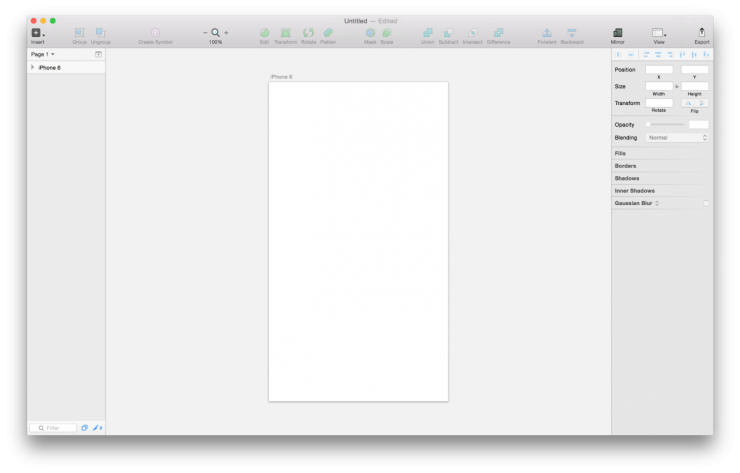
Cinema 4D
I don't think of C4D as a competitor to Maya. They are all excellent and they have their merits. Without a 3D background, the learning curve will be very steep. I like C4D because I can understand its interface and parametric lossless methods. It helps me to create more iterations quickly. I like the MoGragh module and there are many plugins available. The community is active and can find a lot of high-quality learning materials.
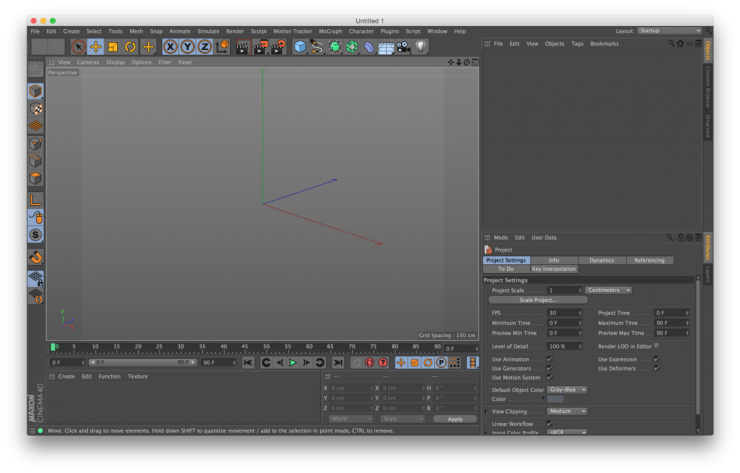
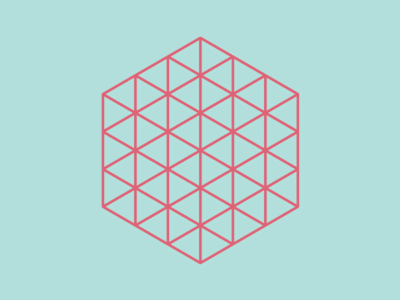


Maya
Maya's strengths and weaknesses are outstanding. Everything a 3D artist has to do can be done. Most games and movies are designed using it. It has excellent stability and can be used to build massive simulations and complex scenes. Whether it's rendering, modeling, animation, texture, or binding, it's the best tool. Maya can be highly customized, which is one reason why it has become an industry standard. Studios need to create their own toolset, and Maya is the perfect tool for integrating workflows.
On the other hand, learning all of these tools requires dedicated devotion and spending a lot of time. I mean weeks of trials, months of study, and years of basic practice day after day.
Unity
Unity is basically a prototype tool for what happens. With the direct VR preview of the project, it's easy to create and move things. It is also a powerful game engine with a great community. There are a lot of resources in online stores (source authors to price). Simple 3D models, complete projects, audio, analysis tools, shaders, scripts, materials, textures, and more can be found in the repository.
Unity's documentation and learning platform is excellent and has a variety of high quality tutorials.
Unity3d mainly uses C or JavaScript, Microsoft Visual Studio support, but no built-in visual editor, but you can find a pretty good visual editor in the repository.
Unity supports all mainstream head-mounted displays and is the best cross-platform support. Supported platforms are: Windows PC, Mac OS X, Linux, Web Player, WebGL, VR (including Hololens), SteamOS, iOS, Android, Windows Phone 8, Tizen, Android TV and Samsung SMART TV, and Xbox One and Xbox 360 , PS4, Playstation Vita and Wii U.
Unity supports all major 3D formats and supports the best format for creating 2D games. The built-in 3D editor is not powerful, but there are great plugins that can be enhanced. The software itself requires authorization, but to some extent you can use the free version to make something. Specific details can be found in Unity's price description. Unity is the most popular game engine with a market share of 47%.
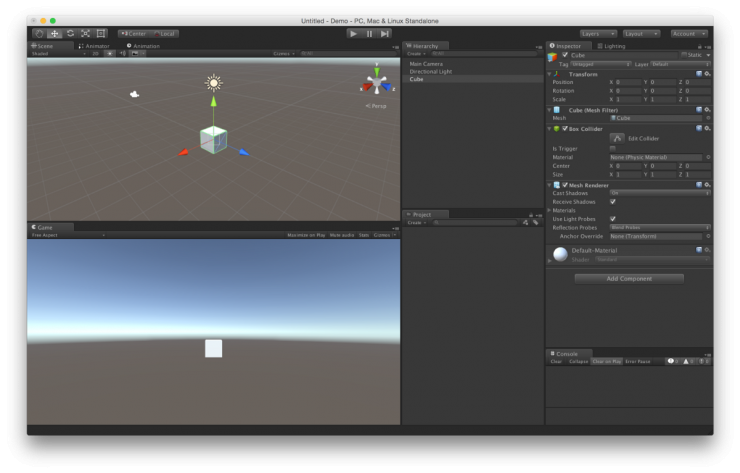
Unreal Engine
Unreal is a direct competitor to Unity3D. Unreal also has excellent documentation and video tutorials . However, the small size of online stores is after all an emerging engine.
One of Unreal's strengths over other competitors is its graphics capabilities; Unreal goes further in almost every area: terrain, particles, post-processing effects, lighting, and shaders. All of this looks very good.
Unreal Engine 4 uses C++ and has a built-in visual script editor, Blueprint.
I didn't use Unreal anymore, so I can't go into more detail.
Unreal's cross-platform support is not as good as Unity. Supported platforms are: Windows PC, Mac OS X, iOS, Android, VR, Linux, SteamOS, HTML5, Xbox One and PS4.

Virtual reality is an emerging medium. As pioneers, we still have many things to learn and explore. This is exactly why I am excited about joining the Google virtual reality team. We have the opportunity to explore and should explore and do our best. Understand, identify, build and then iterate. again and again.
Repeat this cycle.
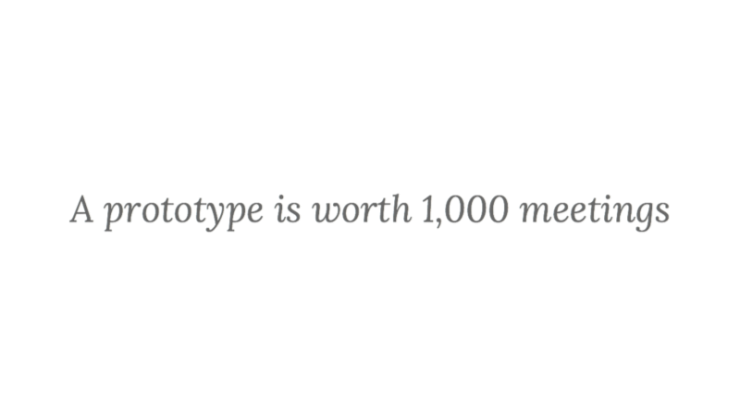
Resources
video
Google I/O 2015 — Designing for Virtual Reality
Oculus Connect keynotes
VR Design: Transitioning from a 2D to 3D Design Paradigm
VR Interface Design Pre-Visualisation Methods
2014 Oculus Connect - Introduction to Audio in VR
Tutorial
Cinema 4D tutorials
Unity 3D tutorials
Maya and 3D tools tutorials
article
LeapMotion - VR Best Practices Guidelines
The fundamentals of user experience in virtual reality
Ready for UX in 3D?
Thanks to all those who read this article and put forward feelings.
Hidden Car Dash Cam,Dashcam Dual Lens,Special 2K Dual Dashcam,Drive Hd Dashcam
SHENZHEN ROSOTO TECHNOLOGY CO., LTD. , https://www.rdtkdashcam.com